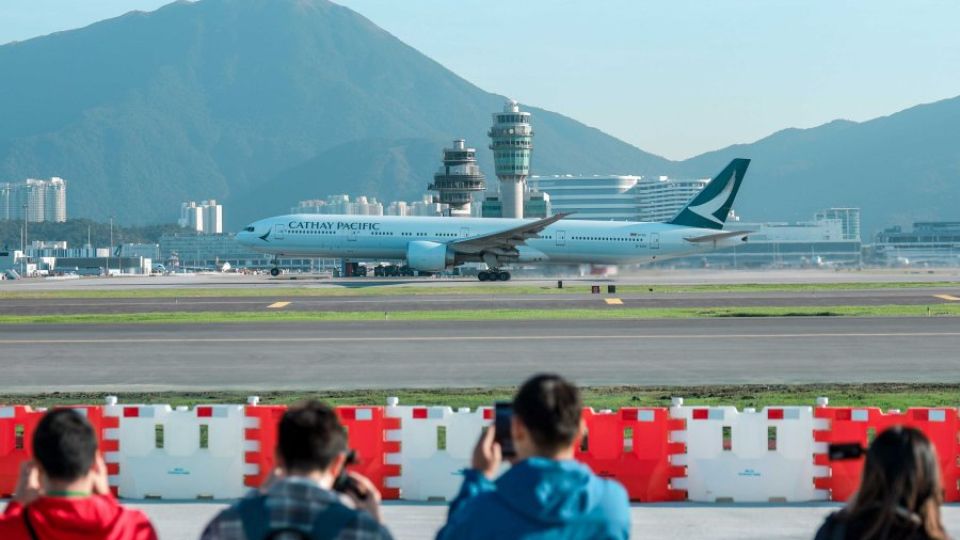November 29, 2024
HONG KONG – The Hong Kong International Airport’s HK$141.5 billion ($18.18 billion) three-runway system, Hong Kong’s largest-ever infrastructure project, went into operation on Thursday.
The airport is expected to accommodate over 120 million passengers and handle 10 million metric tons of freight annually by 2035.
Having taken 13 years from public consultation to completion, the landmark project is a significant part of Hong Kong’s long-term vision to support economic growth, improve connectivity, and maintain its status as an international aviation hub.
ALSO READ: HK airport passenger traffic up 21.3% in October
Besides adding a new runway, the project also includes building a new passenger terminal and additional facilities. Alongside the two existing runways, a third runway was inaugurated in 2022. The three runways became operational simultaneously on Thursday.
In future, the new north runway will primarily cater to aircraft landings, the re-allocated central runway will focus on take-offs and the south runway will handle both landings and take-offs.
This expansion is expected to increase the airport’s capacity from 69 to 102 takeoffs and landings per hour in the long term. At the initial stage of the system’s operation, the airport is expected to handle 75 flights per hour.
READ MORE: HK to strengthen aviation-hub role with enhanced services
During the inauguration ceremony, Fred Lam Tin-fuk, chief executive officer of the Airport Authority Hong Kong, said the project has broken engineering records in Hong Kong and even worldwide, proving that Hong Kong has a top-notch engineering team.
He said that the Airport Authority will work to further expand the city’s air network and strive to become one of the largest and most important aviation hubs in the world, serving as a vital bridge for the country’s opening-up and enhancing international connectivity.
Chief Executive John Lee Ka-chiu expressed hopes for the aviation industry to further enhance capacity, leverage advantages from the Guangdong-Hong Kong-Macao Greater Bay Area and expand international connections.
ALSO READ: HK airport’s three-runway system to start operations on Nov 28
“After facing challenges in the past few years, the Hong Kong aviation industry is now experiencing a strong recovery,” he said.
In a 2015 study, consulting firm Enright, Scott & Associates projected that by 2030, the system would generate approximately HK$184 billion in direct and indirect economic benefits each year, accounting for 5 percent of local GDP.

Chief Executive John Lee Ka-chiu (center), Vice-Minister of the Ministry of Transport Xu Chengguang (second left), Deputy Administrator of Civil Aviation Administration of China (CAAC) Liang Nan (second right), and Chief Executive Officer of the Airport Authority Hong Kong Fred Lam Tin-fuk (third right) pose for a photo during the three-runway system commissioning ceremony at the Hong Kong International Airport on Nov 28, 2024. PHOTO: CHINA DAILY
Due to the added capacity, it estimated jobs at the airport would increase from 89,000 to 123,000, with indirect employment rising to 165,000.


